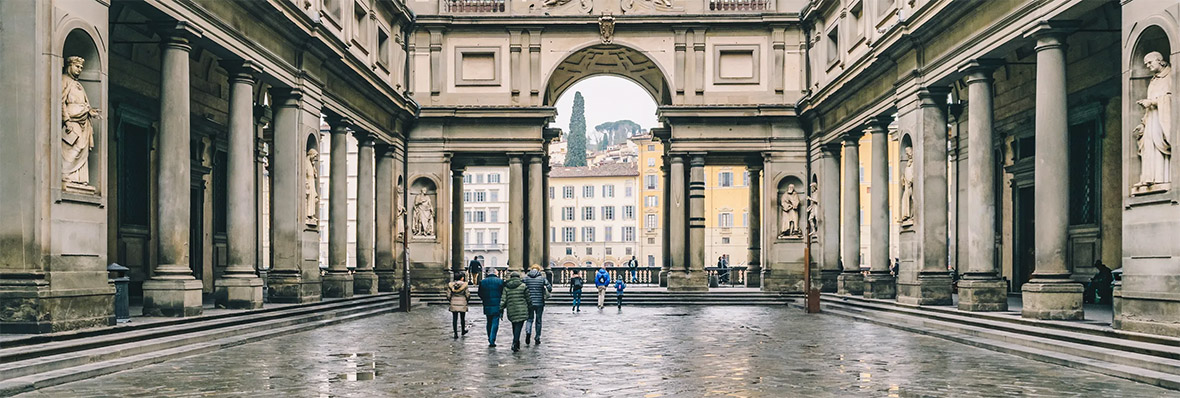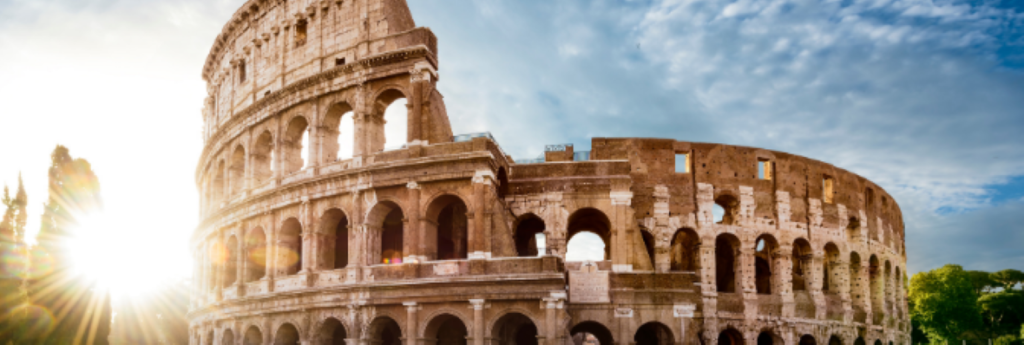A project to build a high-tech, retractable stage inside Rome’s ancient Colosseum will restore the site’s traditional gladiatorial “arena” while enabling cultural events to be held in the present. It will also give visitors a central viewpoint to see “the majesty of the monument.”
The stage was original to the first-century amphitheatre and existed until the 1800s when it was removed for archaeological digs on the subterranean levels of the ancient structure, says Italy’s culture minister Dario Franceschini, who forecasts that the US$22-million project should be completed by 2023.
The mobile system will be able to quickly cover or uncover the underground structures below, to both protect them from rain or allow them to be aired out. The project is reversible, meaning it can be removed if plans for the Colosseum change in the future.
The new stage will allow visitors to stand in the centre and view the Colosseum’s vaulted walls as they would have been seen by gladiators in ancient Rome. It also will permit the staging of cultural events that are respectful of the Colosseum as a symbol of Italy, Franceschini said.
The Colosseum re-opened to the public in April after a 41-day closure because of rolling pandemic restrictions. Officials have set up a one-way itinerary as part of safety measures, and visitors are limited to about 1,300 a day, compared with as many as 25,000 a day in 2019, pre-pandemic.
FLORENCE
Meanwhile, in Florence, the Uffizi Gallery in Florence used the winter COVID shutdown to push ahead with renovations, discovering lost frescoes that are now visitors in the leading repository of Italian Renaissance art (which re-opened on May 4).
Uffizi director Eike Schmidt said the six months of closure were put to good use: renovating 14 new rooms that will open to the public next month and discovering frescoes that would otherwise have remained hidden.
But he hopes that the most recent reopening — the third during the pandemic — will be the last. “We very much hope that now we will be able to open stably and without further closures. We hope so for the museum, but we hope it also for the world and for human society,″ Schmidt said.
The previously hidden frescoes include a life-size figure of a young Cosimo II de Medici — part of the Renaissance family that commissioned the Uffizi — dating from the 1600s, as well as decorative plant motifs from the 1700s on the walls and ceiling of nearby rooms.
They are in the museum’s west wing, which is where the new visitors’ entrance is located.
Schmidt said the new entrance facing the Arno River provides “a glorious introduction” for visitors. Classic statuary will be added to the entrance in the future.
Workers also completed restoration on new rooms dedicated to 16th Century high and late Renaissance art from central and northern Italy, beyond Tuscany. They complete the sweep through art history from the Middle Ages with Giotto to the Renaissance masters Botticelli, Raphael and Michelangelo, beyond to the counter-reformation and Venetian galleries.

Under the Uffizi’s new entry system, visitors must buy tickets, deposit coats and bags in the west wing and cross through a courtyard to the east wing, where they will pass through metal detectors and pick up audio guides before starting their rounds of the museum.
The number of visitors at the museum last year dropped to about a quarter of those in 2019 due to the COVID lockdowns in the spring and fall, with some 1.2 million people visiting in 2020, down from 4.4 million a year earlier.
With prospects for the resumption of international tourism beginning to come into focus, Schmidt expects the gallery will operate at about half its capacity for the foreseeable future. Pre-pandemic, peak visitation reached as many as 12,000 people a day.
“Actually, to visit the museum now and over the next few months will mean you will really feel even more as if you are part of the de Medici family,” Eike said. “Especially if you come in the early morning, you might be in the Botticelli room to yourself for two or three minutes before someone else arrives. That never, ever happens.”
The Uffizi had been closed since Nov. 5 except for two weeks in January when Tuscany was under Italy’s lowest level of restrictions.

